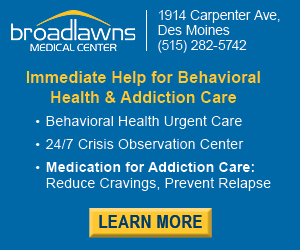Wells Fargo economists foresee healthy recovery for U.S. in second half of 2021
Global economic recovery ‘already under way’

A return to normal from the coronavirus pandemic remains the biggest known wild card for both the U.S. and global economies, and the pace of the pending vaccine rollout could accelerate or put the brakes on the rate of economic recovery, according to an analysis Thursday by Wells Fargo economists.
The 2021 Economic Outlook presentation featured Jay Bryson, chief economist with Wells Fargo Securities, along with Mark Vitner, senior economist, Nick Bennenbroek, international economist, and Michael Pugliese, economist.
Some takeaways from the presentation:
– Total consumer spending, which was down 15% to 20% in the early part of the year, in October remained 2% below its pre-pandemic level from February.
– Durable goods purchases have already recovered, while spending in the services (retail and restaurant) sector remains depressed. This is the opposite of what typically happens in a recession, when big-ticket orders slow down but service spending picks up. “Whereas we entered the fourth quarter on a relatively strong note [in services spending] we’re going to leave the fourth quarter on a weaker basis,” Bryson said.
– Capital goods orders for items such as computers are up significantly through October, and it looks like capital spending in the fourth quarter will be “quite strong.”
The Wells Fargo economists forecast that U.S. gross domestic product will increase by 5.3% in the fourth quarter, but weaken to 1.2% and 3.3% in the first and second quarters of 2021 before rebounding to 8.2% and 6.1% in the third and fourth quarters, respectively.
For that growth to occur, the economists are assuming that no nationwide lockdown due to the pandemic will occur in 2021, but that more restrictions could be put in place on a localized basis. They’re also assuming no further fiscal support from Congress or other major policy changes, due largely to the divided U.S. government.
The housing sector has remained relatively healthy through the pandemic, in part because a larger portion of service workers tend to rent rather than own. Consequently, home construction and home sales have remained relatively strong.
During questions taken after the presentation, the economists addressed whether accumulated household debt will be a drag on the economy in 2021. Vitner said in his estimation, “overall household finances are in pretty good shape.”
Vitner noted that there have been some conflicting numbers on the level of back rent owed by renters. Among homeowners, there likely will be a sharp increase in loans that are seriously delinquent in 2021. “There will be a catch-up after the moratorium [on foreclosures] ends, but I don’t think it will fall back on the banking industry,” he said.
Regarding office space, the economists believe that a majority of office workers will return to work, and that the percentage of employees who may continue to work largely from home will be closer to 10% rather than 30% as some have predicted. As a result, that sector is expected to remain solid.
On a global basis, China is expected to be the only major economy that will avoid an economic contraction for the full year in 2020.
“We do think a global recovery is on the way, and under way,” Bennebroek said. Global GDP is expected to contract by 3.7% for 2020 and recover to 5.9% for 2021, with the bulk of that growth coming in the latter half of the year.
The 2021 Annual Economic Outlook report and a replay of the webcast presentation can be accessed on Wells Fargo’s website.










